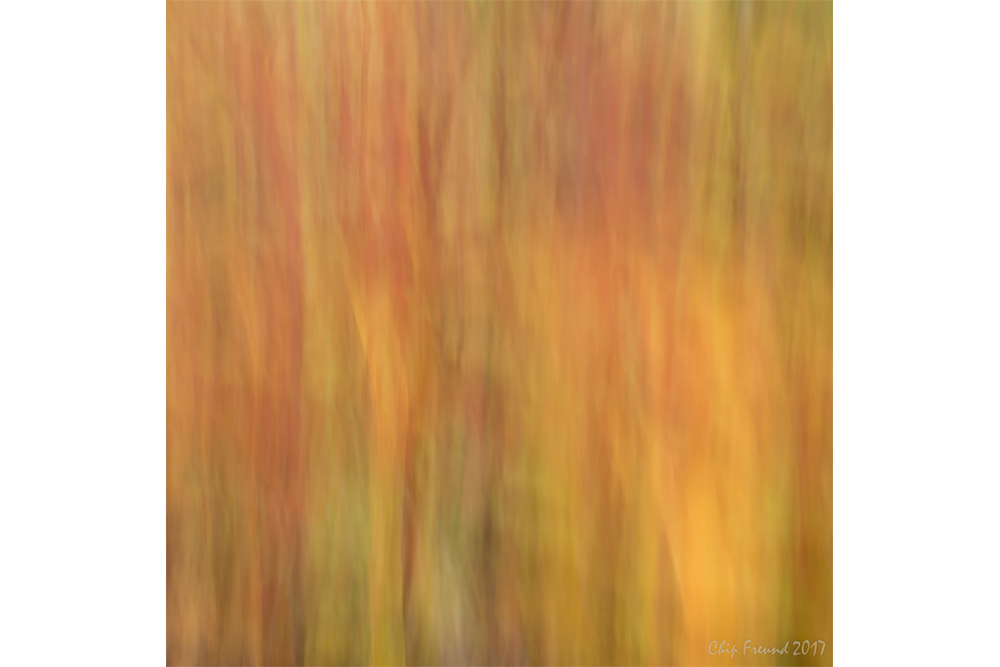Toward the end of the day, I was getting tired, and we still had a few miles to go. I had underestimated the trail distance to our first camp and those pesky questions of doubt began to creep into my mind. Day one was the “easy” day. Tomorrow was the big climb, and I was feeling shattered. Through the exhaustion and niggling doubt, I also felt love and support. My trail crew, two of my children, Colin and Will, stepped up to fetch the water and make dinner. Now fed and with water replenished for the following day I slipped into my sleeping bag knowing the next day would be hard, very hard, and this team would make it because we worked together and each of us helped the others in more ways that we will ever really understand.
As anticipated, hiking the trail from Lewis Meadows to Glacier Meadows proved to be one of the hardest things I have ever done. Gaining 3,200 feet in elevation in under seven miles with 40+ lbs. packs is not for the faint of heart. As the day wore on and my body began to tell my brain to “STOP”, I drew on my mental stamina by breaking down the trail into small bite-sized chunks. Rather than thinking about the miles yet to walk and hundreds of feet yet to climb, I looked down the trail and picked my next goal. “I can hike to that fallen tree,” I told myself. So, with slow and steady steps, frequent short breaks, and the support and encouragement of my crew, we made our way up the mountain. As the steps became harder and at times more painful, the niggles of doubt began to swirl in my head.
“I should have trained more.” I’m going to let my supporters down.” “What the heck was I thinking?” “I’m a foolish old man.”
I could sense a desire to quick beginning to creep in at the edge of my consciousness. As we soldiered on and my body became almost numb, I started to think about the purpose of the trip, to share my personal story of climate change with the world, my spirit drew on the strength of my supporters. I also found myself drawing on the energy of the living world around me. We had a small chuckle as I remarked that I was tapping my inner Jedi and feeling the Force that runs through all living things.
I can honestly say that even in my moments of breathless exhaustion on that day’s hike, I somehow knew we would make it. When the body and mind can not carry you through, your spirit and a sense of purpose in something greater than yourself can enable you to do far more than you think possible.
We slept in, with hopes of a strong recovery. As the sun rose over the ridge the following day, I fully expected my body to be rebelling from the prior day’s over exertion. I was pleasantly surprised at how good I felt. This was the day I would see the glacier again. Fueled and hydrated we set off on the climb up to see the glacier around mid-day, another 700-foot climb in elevation.
Following an initial unsuccessful foray toward the terminal moraine, we turn and headed up to the lateral moraine. With frequent stops to rest, we made it to the moraine around 5:45pm. The initial view felt like a gut punch. So much of the glacier was gone and what was left was gray and dirty. All of the rock and gravel till that was left behind by the layers of ice that had been laid down over hundreds if not thousands of years which had melted away now covered much of the lower end of the glacier.
Waves of emotion washed over me. Intellectually, I was prepared for the loss of ice, but emotionally, I felt blind-sided. Feelings of deep sadness and regret felt like they would drown me. As I began to gather myself and focus on the moment sadness gave way to anger. Anger that we as a society could be so stupid and arrogant to allow our collective actions to have such a devastating impact. Anger that current and future generations will never see the beauty and grandeur of the glacier as I first knew it.
The day was coming to an end and there was work to be done. Once again focusing on the broader goals of the project helped me move through the challenges and pain of the emotions. Pulling out the stack of prints I had brought of the 1982 images; I worked to find the vantage points and recreate the pictures.
With a handful of the images successfully captured, I then began to assess the plan for the following day to venture out on the glacier itself to recreate several images from my first glacier traverse. It quickly became clear that the trip down and back up the lateral moraine would be not only challenging, but dangerous as well, given my fitness level. It appeared that we had lost 75 – 100 feet of ice thickness , adding that much more to the descent. Additionally, the moraine was a massive scree field, full of loose rocks and boulders. One wrong step and down you would go. Fatigued muscles and an exhausted mind would only amplify the risk. The decision was clear, we would not venture out on the glacier.
As the sun began to set down the valley, we headed back to camp, spirits were low. I was tired, emotionally drained, and disappointed that we would not be able to explore the glacier itself. I also felt guilt in having the crew carry the weight of the rope, harnesses, ice axes, etc. that would remain unused. Once back at camp and before we lost the light of the day Will, who was filming our journey, asked me to do a piece to camera reflecting on my experiences of the day. As we had hiked back down for the night, I had begun to challenge myself. Presented with this very tangible evidence of our warming planet, what could I do, no, what would I do about. What changes would I make in my life to help slow the effects of climate change? We already do the easy stuff, compost yard and kitchen waste, recycle as much as we can, and live in an all-electric home powered in part by renewable and nuclear energy. Plus, we have invested in efficiency improvements including window replacement, enhanced insulation, and new high-efficiency heat pumps.



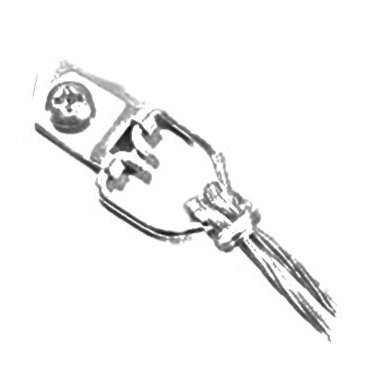


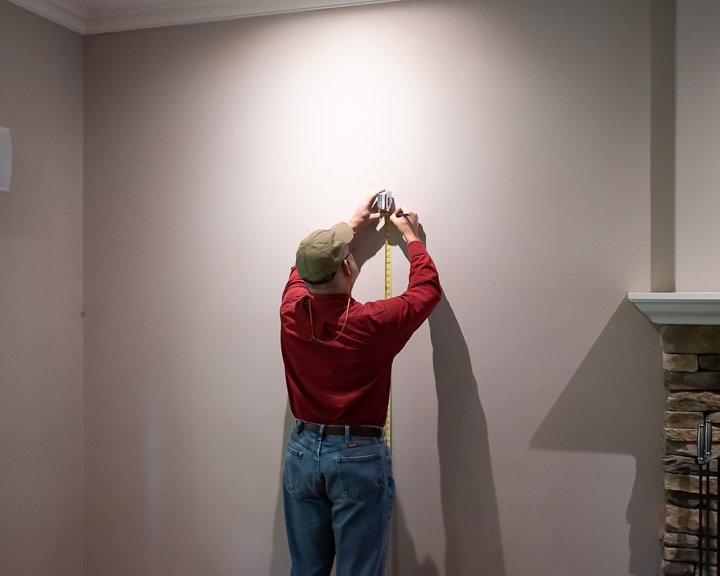









































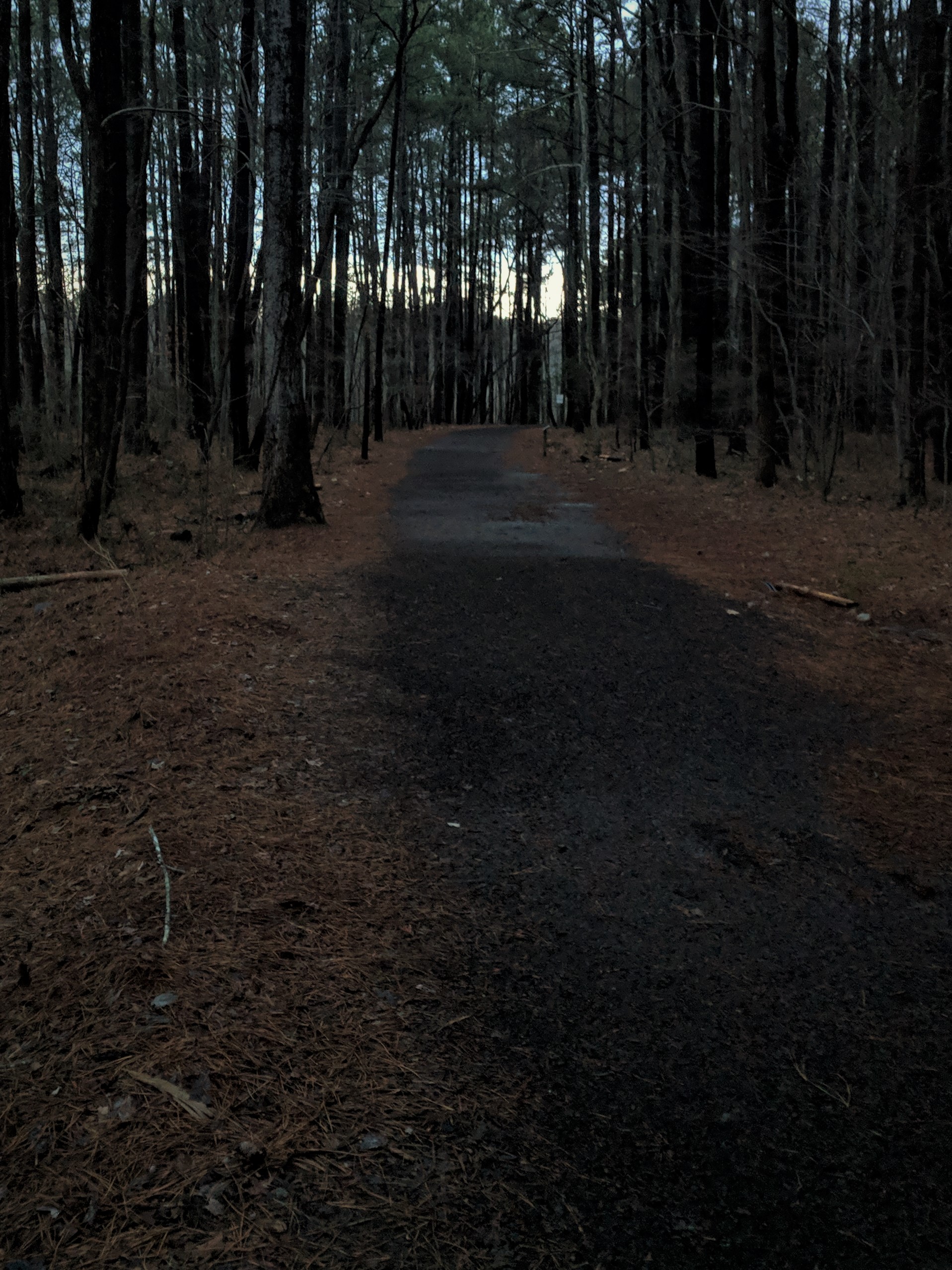




























![Lake_Johnson_Fog-8[1].jpg](https://images.squarespace-cdn.com/content/v1/59bc2c471f318dc024594aae/1543970867980-FSOM7EVIB52TVN3UUAN5/Lake_Johnson_Fog-8%5B1%5D.jpg)
![StormyTybeeLight[1].jpg](https://images.squarespace-cdn.com/content/v1/59bc2c471f318dc024594aae/1543970980060-CBC7Z7GDCCHQ3VP9U4EX/StormyTybeeLight%5B1%5D.jpg)
![TybeeJetty-1[1].jpg](https://images.squarespace-cdn.com/content/v1/59bc2c471f318dc024594aae/1543970915101-YWDQ2MPIYRT0I2UNQE39/TybeeJetty-1%5B1%5D.jpg)

![DriftWoodStump[1].jpg](https://images.squarespace-cdn.com/content/v1/59bc2c471f318dc024594aae/1543970897103-E4FT7G1242RQY9U63I6H/DriftWoodStump%5B1%5D.jpg)
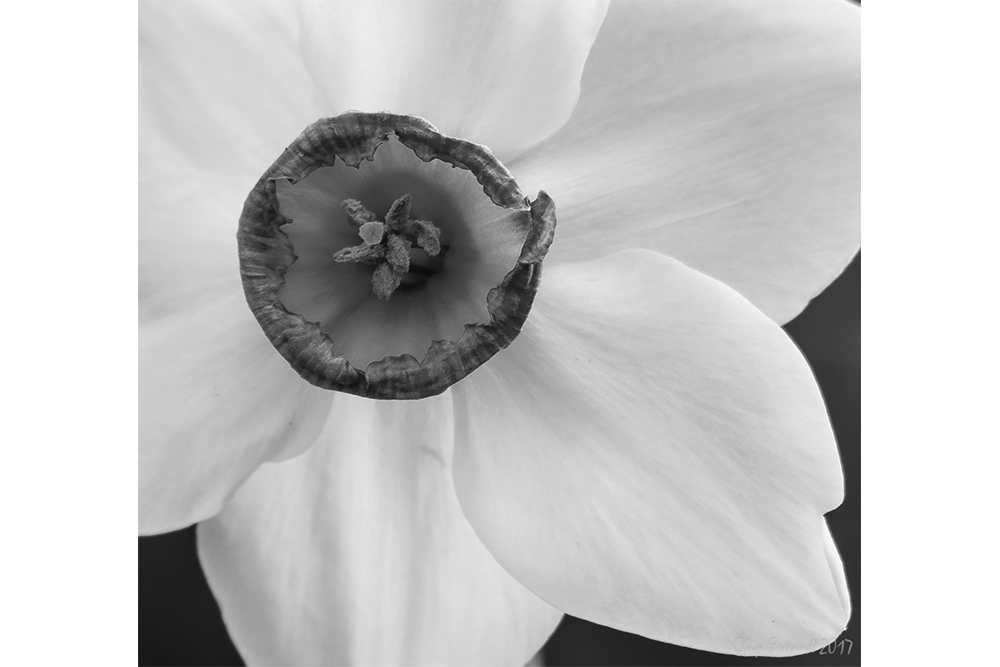


![MorningHasBroken[1].jpg](https://images.squarespace-cdn.com/content/v1/59bc2c471f318dc024594aae/1543970935422-KB85O7UT50SBT4A0K7BJ/MorningHasBroken%5B1%5D.jpg)
![SeattleWheel[1].jpg](https://images.squarespace-cdn.com/content/v1/59bc2c471f318dc024594aae/1543970991684-I9ZH80W3990MNLRQB9XK/SeattleWheel%5B1%5D.jpg)
